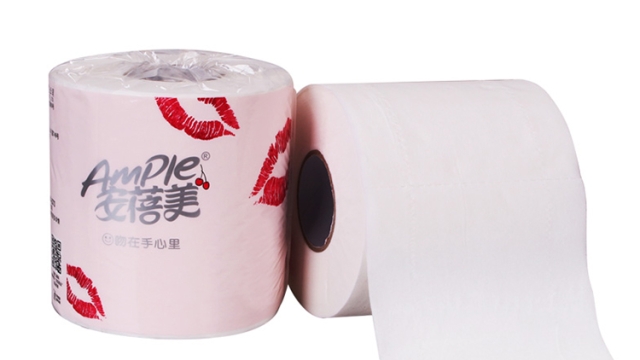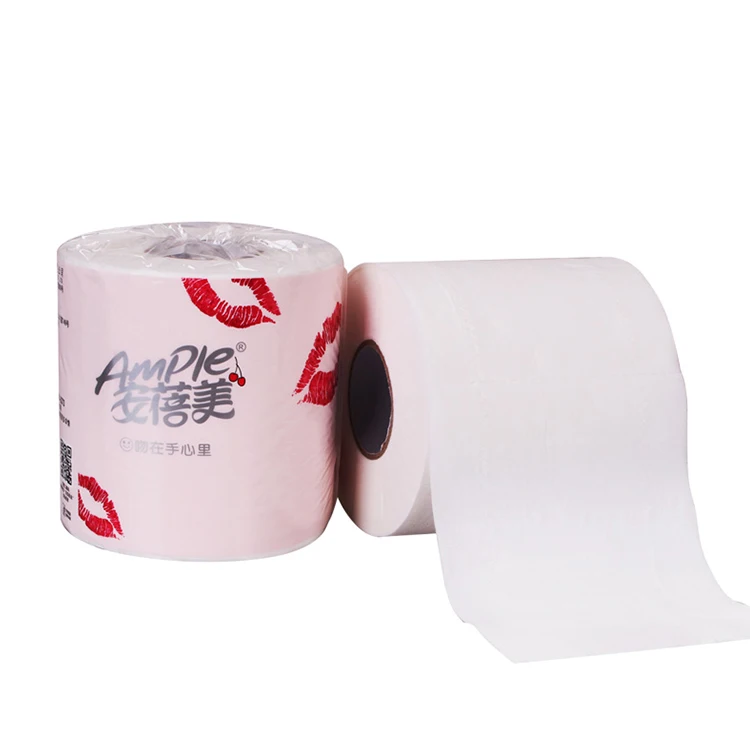
The Unwinding Story of Toilet Paper Manufacturing: Unraveling its Surprising Origins
The story of toilet paper manufacturing is a fascinating journey that unravels the surprising origins of this essential item in our daily lives. From the humble beginnings of paper manufacturing to the specialized production process of crafting toilet paper, this guide will take you through the unwinding tale of how this crucial product came to be.
Paper manufacturing has a long and storied history, dating back to ancient civilizations who relied on various materials to create the earliest form of paper. Over time, the techniques for crafting paper evolved, with different regions and cultures adding their unique twists to the process. The art of papermaking eventually spread across continents, enabling the availability and accessibility of this versatile material.
However, it wasn’t until a few centuries ago that the concept of using paper for hygiene purposes emerged. Initially, people from different cultures and time periods used various materials like leaves, stones, or even their own hands to clean themselves after using the restroom. The development of toilet paper as we know it today required ingenuity and a commitment to personal hygiene.
Join us as we embark on this journey through time, exploring the advancements in paper manufacturing and the techniques that led to the creation of toilet paper. Discover the surprising stories behind its invention, the challenges faced by early manufacturers, and the evolution of toilet paper production techniques that have brought us the convenience and comfort we enjoy today. So, let’s delve into this unwinding story and uncover the fascinating origins of toilet paper manufacturing.
Paper Manufacturing: A Brief Overview
Paper manufacturing is an intricate process that involves the conversion of pulp into a variety of paper products. With its widespread use in both domestic and commercial sectors, paper has become an essential commodity in our daily lives. In this section, we will provide a concise guide to the fascinating world of paper manufacturing.
The journey of paper starts with the harvesting and processing of raw materials, typically wood or recycled paper. The logs or recycled pulp are first chipped into smaller pieces, which are then subjected to intense heating and chemical treatments to break them down further into fibers. These fibers become the building blocks for creating different types of paper.
Next comes the pulping process, where the fiber-rich material is mixed with water to form a slurry. This slurry passes through a series of screens and cleaners to remove impurities like dirt, stones, and other contaminants. The remaining mixture is then bleached to achieve the desired color and brightness.
Once the pulp is thoroughly cleaned and refined, it undergoes a process called paper formation. This involves spreading the pulp evenly onto a wire mesh conveyor belt, also known as a Fourdrinier machine. As the water drains from the pulp, the fibers start bonding together, forming a continuous sheet of wet paper.
At this stage, the wet paper is pressed and dried to remove any remaining moisture. The pressing process helps enhance the paper’s smoothness and thickness, while the drying process ensures its stability. To achieve the desired texture and finish, the paper may undergo an additional step called calendering, where it is passed through heated rollers.
In conclusion, paper manufacturing is a complex and meticulous process that transforms raw materials into versatile and practical products. Understanding the basics of paper manufacturing allows us to appreciate the value of this everyday commodity and recognize the efforts behind its production. In the next section, we will delve into the specific realm of toilet paper manufacturing and unravel its surprising origins. Stay tuned for an intriguing exploration into the world of toilet paper production.
The Evolution of Toilet Paper
Toilet paper, a seemingly mundane necessity of our daily lives, has an intriguing history that spans centuries. Over time, it has evolved from a luxury item reserved for the privileged few to an indispensable commodity found in households worldwide. Join me as we unravel the surprising origins of toilet paper manufacturing and explore its remarkable journey through time.
The story begins in ancient China, where the idea of paper itself was born. In the 2nd century BC, the resourceful Chinese invented the art of papermaking by grinding plant fibers, such as mulberry, hemp, and bamboo, into a pulp. This breakthrough paved the way for the birth of toilet paper, albeit in a quite different form from what we know today.
Fast forward to the 6th century AD, when the Chinese Emperor Wen of Sui took the lead in making toilet paper accessible to the imperial court. By special decree, large sheets of scented, soft paper were provided for the Emperor’s personal hygiene needs. However, it was not until the 14th century that this luxury item reached the wider population.
During the Ming Dynasty, the production of toilet paper expanded to meet the growing demand. People started using more affordable alternatives, like newspapers and even catalogs, as a substitute for this essential product. However, it was not until the late 19th century that toilet paper became a mass-produced item, thanks to the invention of the papermaking machine.
The invention of the papermaking machine revolutionized the toilet paper manufacturing process. It made production faster and less labor-intensive, allowing toilet paper to become more widely available to the general public. The continuous improvement of manufacturing techniques and the introduction of softer, more absorbent materials further enhanced the comfort and quality of toilet paper.
From its humble beginnings in ancient China to the technologically advanced manufacturing processes of today, the evolution of toilet paper is a testament to human ingenuity and the unceasing pursuit of comfort and convenience. As we move into the future, it is fascinating to see how this seemingly ordinary product will continue to evolve to meet the ever-changing needs of society. Stay tuned for the final section of our article, where we’ll delve into the modern-day world of toilet paper manufacturing.
Modern Toilet Paper Manufacturing Process
Bulk Paper Napkins
The modern toilet paper manufacturing process is a sophisticated blend of science, technology, and innovation. Over the years, manufacturers have continuously sought ways to improve efficiency, sustainability, and softness of the end product.
To begin with, the process starts by sourcing quality materials. Virgin fiber, which comes from responsibly managed forests, or recycled paper pulp, is carefully selected. The choice between virgin fiber and recycled pulp often depends on factors such as cost, availability, and environmental impact.
Once the raw materials are obtained, they go through a series of refining steps to create a pulp mixture. This mixture is then diluted with water and spread onto a wire mesh conveyor, forming a thin layer. The water is drained away, leaving behind a wet sheet of paper.
Next, the damp paper sheet is pressed and dried using a combination of heat and pressure. This not only removes any remaining moisture but also helps to increase the paper’s strength and durability.

Once the paper is dry, it is then wound onto large rolls, known as parent rolls. These rolls are then cut into smaller sizes, depending on the desired length of the final toilet paper product.
The final step in the modern toilet paper manufacturing process is the embossing and perforation of the paper. Embossing creates patterns or designs on the surface of the toilet paper, while perforation ensures easy and precise tearing of the individual sheets.
Overall, the modern toilet paper manufacturing process has come a long way from its humble origins. Today, advanced machinery, efficient production techniques, and a focus on sustainability have made it possible to produce high-quality toilet paper that meets the needs and expectations of consumers worldwide.



